9 Ways to Fix Very Low Sound in Laptop Speakers (Even At 100% Volume)
Take steps if sound volume suddenly becomes too low on Windows
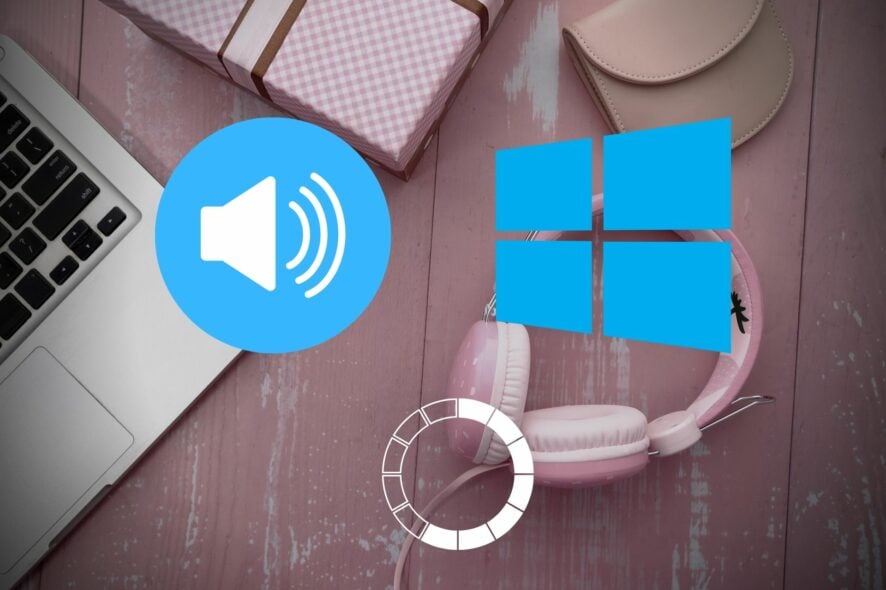
If your laptop’s sound is very low, even with the volume at 100%, you’re in the right place. We figured out why it happens, and we’ll show you tested fixes.
While different speaker hardware can be at play, if your sound is suddenly weaker than usual, it’s likely due to faulty settings or outdated drivers.
Follow the steps below to tweak your Windows audio and maximize laptop sound.
What can I do if my laptop volume is low?
1. Check all the Volume Controls
- Right-click the speaker icon on the system tray and select Open Volume Mixer.
- Raise the audio slider for third-party software open.
- Play the media file and check if it’s still low.
2. Try using a third-party equalizer
In case this first solution does not work to fix the problem of your computer volume being too low, we recommend you adjust the volume by using third-party equalizer software.
We recommend Bomm 3D. It easily lets you change your volume and manipulate frequencies. It’s a good option if you want to add special effects, increase the clarity of your sound or adjust sound based on output device
Alternatively, we recommend that you take a look at the best audio volume booster software for Windows 10, and choose one to maximize your computer volume.

Boom 3D
A pro audio enhancement which boosts audio quality, experience and volume at another level.3. Run the Playing Audio troubleshooter
- Press Win + I on the keyboard to open Windows Settings.
- Go to System and click on Troubleshoot.
- Go to Other troubleshooters.
- Click on Run next to the Playing Audio.
- Follow the on-screen steps and go ahead.
- Then the troubleshooter might detect and fix the audio issue. If the troubleshooter fixes something, you might also need to restart Windows for the changes to take effect.
4. Update the audio driver
4.1 Update the driver manually
1. Open the Start Menu, type Device Manager, and hit Enter.
2. Double-click Sound, video, and game controllers to expand its pertinent devices.
3. Right-click on the sound device you are using and select Update driver.
4. Click Search automatically for updated driver software to automatically update the audio driver.
5. Reboot your laptop or desktop if Windows updates the driver.
It might be the case that your sound card’s driver needs updating. Updating an antiquated sound card driver can resolve numerous audio issues. Use the steps above to update an audio driver in Windows 10.
This is a great fix to use if your laptop volume is low and you want to increase it.
4.2 Get the newest driver from the manufacturer’s website
- Even if Windows doesn’t update the driver, you might still find a more updated driver on the sound card manufacturer’s website.
- Right-click the sound card listed in Device Manager and select Properties to open the window below.
- See and remember the manufacturer’s name from the General tab.
- Go to the manufacturer’s website by searching on Google or Bing.
- Click a Download hyperlink on the site or enter your sound card in a driver search box to find a compatible audio driver.
- Select to download an updated audio driver that’s compatible with your 32 or 64-bit Windows platform.
- Add the updated audio driver to Windows by opening the folder you saved it to and launching its setup wizard.
- Restart Windows after updating the driver.
4.3 Update the driver automatically
A quicker and easier option is to use dedicated driver updater software such as PC Helpsoft Driver Updater.
Searching for the right driver version for each of your hardware components can become tedious. That’s why automated software can help you find and update your system with the correct drivers every time.
5. Check the Selected Playback Device
- Go to Windows Settings.
- Navigate to System and then Sound.
- Go to the speaker you want to use primarily.
- Set it as the default speaker.
6. Hoover your speakers
Dust might be clogging your desktop’s speakers and reducing their audio level. As such, cleaning speakers is another potential resolution for laptop volume too low.
If you can, hoover your speakers with a hoover pipe to give them a more thorough cleaning. Hand vacuum cleaners are the best for cleaning speakers as they have lighter suction.
Gently wipe over the speaker cones with a cotton swab to finish. Do not apply too much pressure because the speaker membrane is very sensitive, and you may damage it.
7. Select the Loudness Equalization Setting
- Like method 4, go to the Sound settings.
- Go to your primary speaker.
- Click on Advanced under Enhance audio.
- Select the Enhancements tab if not opened by default.
- Select the Loudness Equalization option.
- Click the Apply and OK buttons to close the window.
If the volume level is inconsistent in Windows, some software sound will be somewhat lower than what it could be. The Loudness Equalization setting can make a difference.
This option ensures a more consistent volume across all programs, which will increase the average audio level. This is one of the effective methods to fix the PC sound volume too low issue.
If your Windows 10 sound is increasing automatically, you may want to check out this detailed guide to quickly solve the issue.
8. Update Windows
- Open to Windows Settings like before.
- Go to Windows Update and click on Check for updates.
- After updating, restart your PC.
The low volume could be due to sound card incompatibility with Windows 10/11, especially if you’ve recently upgraded to that platform. Updating Windows can resolve sound card compatibility issues.
9. Restart the Sound Controller
- Restarting the sound controller might help resolve volume that’s too low in Windows.
- You can restart the sound controller (or card) by pressing the Win key + X hotkey to open the Win + X menu.
- Select Device Manager.
- Double-click Sound, video, and game controllers to expand the list of audio devices.
- Right-click your active sound controller and select Disable device.
- Press the Yes button on the dialog box window to confirm the selected option.
- Wait a few minutes, right-click the disabled sound controller, and select Enable.
- Then restart the Windows OS.
So, there are numerous resolutions that might fix the Windows 10 low-volume problem. You can also try fixing the issue with some of these repair toolkits.
However, you might need replacement desktop speakers if none of the above fixes work. So, you should better verify if the speakers work with other devices.
Why Is Sound Output Low in Windows?
Low sound on a Windows laptop or PC is often caused by misconfigured audio settings, outdated drivers, or background enhancements. Even when the volume is set to 100%, these hidden factors can limit your speaker output:
- Incorrect Playback Device: Windows may default to a different output, like a disconnected monitor or Bluetooth device, lowering sound output.
- Outdated or Glitched Audio Drivers: Old or buggy drivers can prevent your hardware from performing at full capacity.
- Audio Enhancements Interference: Features like Spatial Sound or Loudness Equalization may dampen audio quality instead of improving it.
- Low App Volume Settings: Windows lets you adjust volume per app. If an individual app is set too low in the Volume Mixer, you might not hear anything clearly.
Wrapping Up
Fixing these common issues usually restores normal volume and improves overall sound clarity.
You may also find useful information about sound settings and tweaks in these guides on boosting your laptop volume beyond 100%, adjusting volume for individual apps in Windows 11, and using volume booster tools effectively.
Besides this topic, you also may want to learn how to fix no sound output devices found on Windows 11.
This article has shown how you can fix PC sound volume too low on Windows 10. If you have any other suggestions or questions, drop them in the comments section below, and we’ll be sure to check them out.
Read our disclosure page to find out how can you help Windows Report sustain the editorial team. Read more
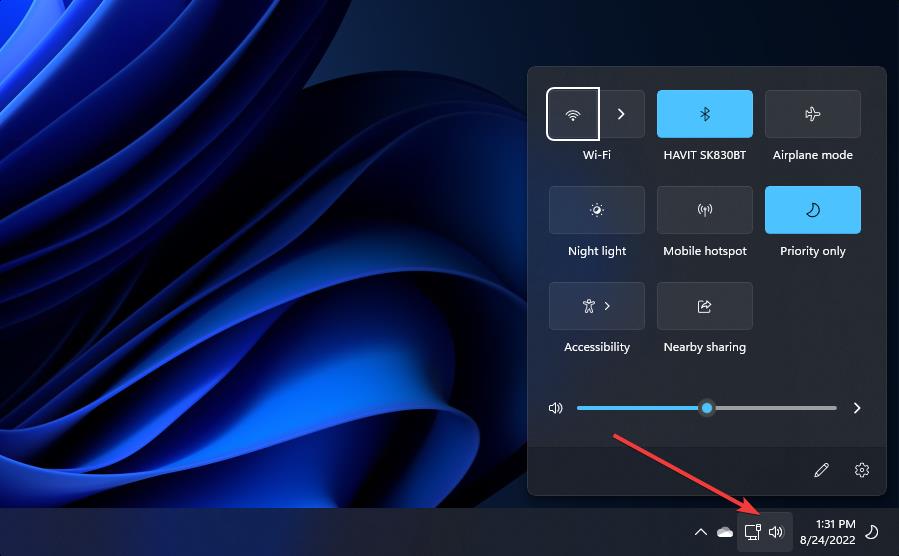
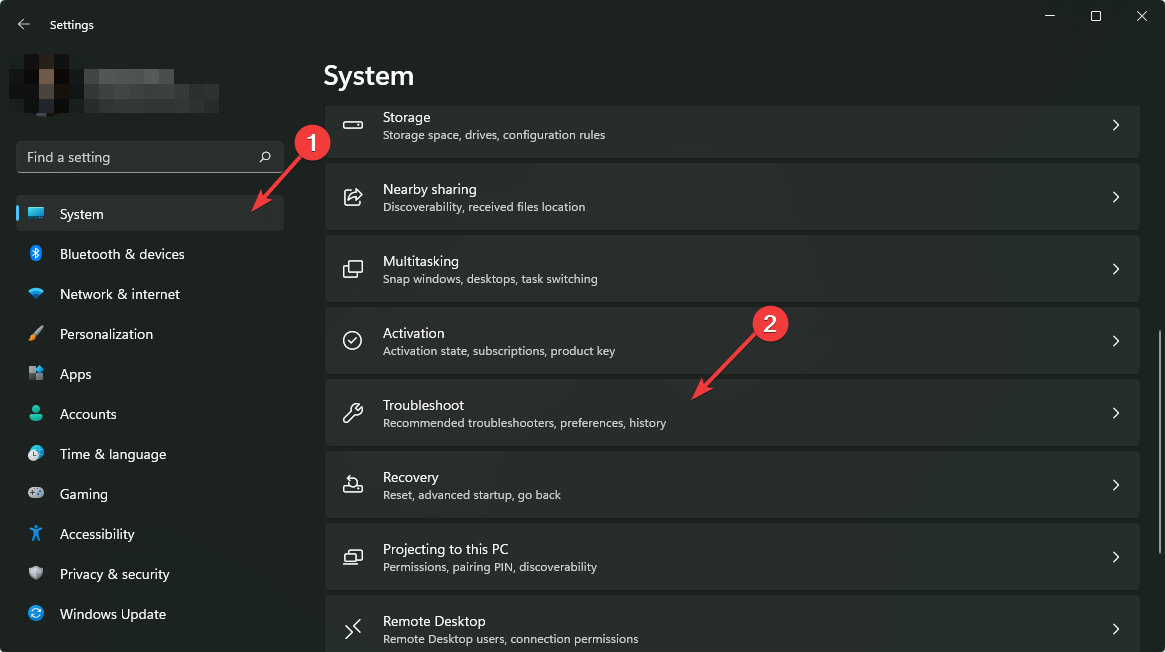
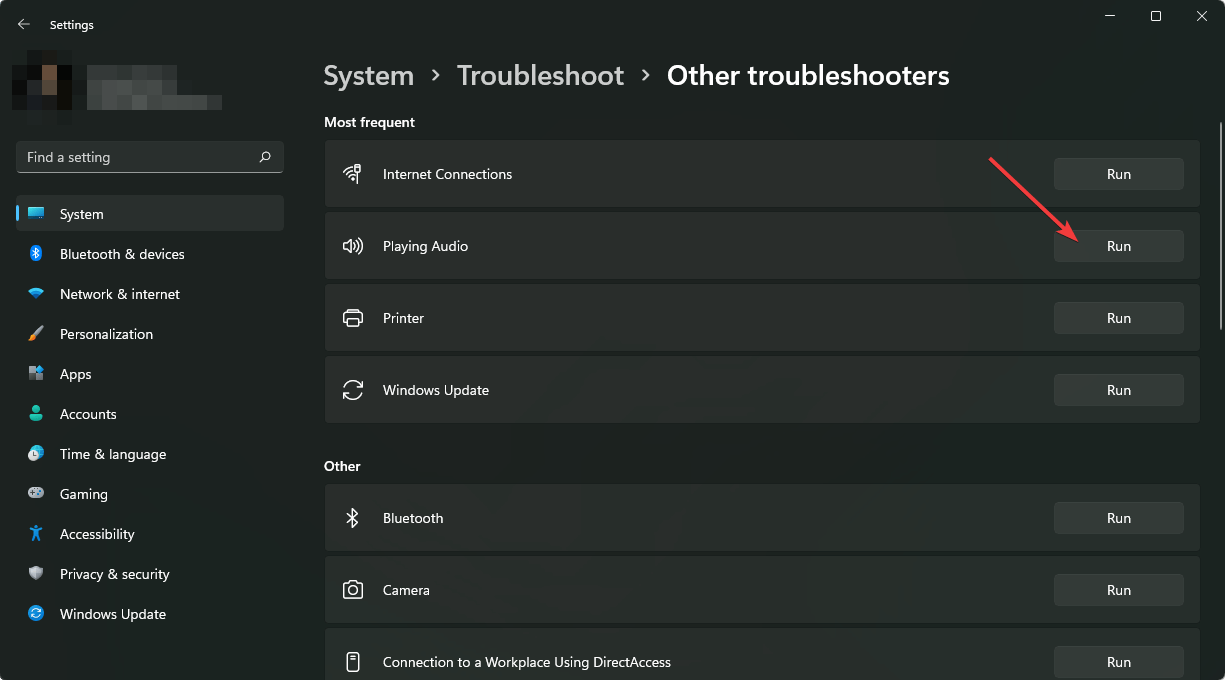
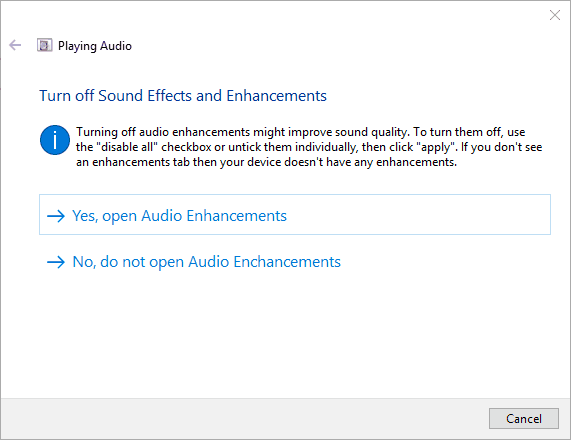
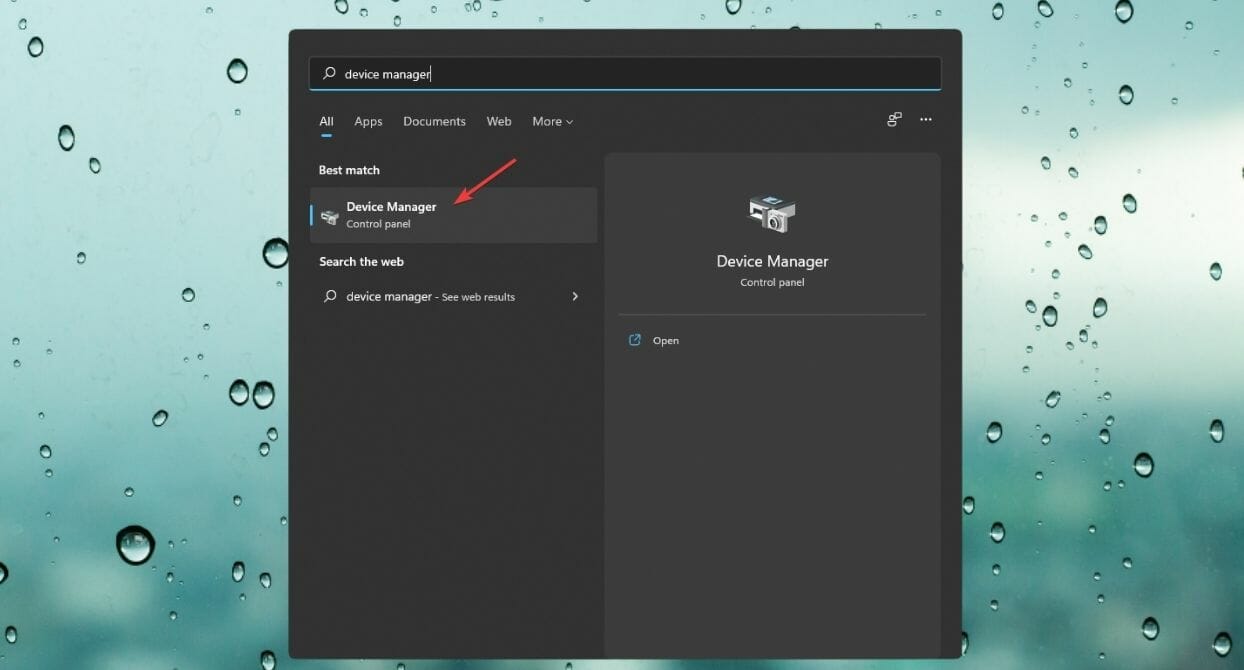
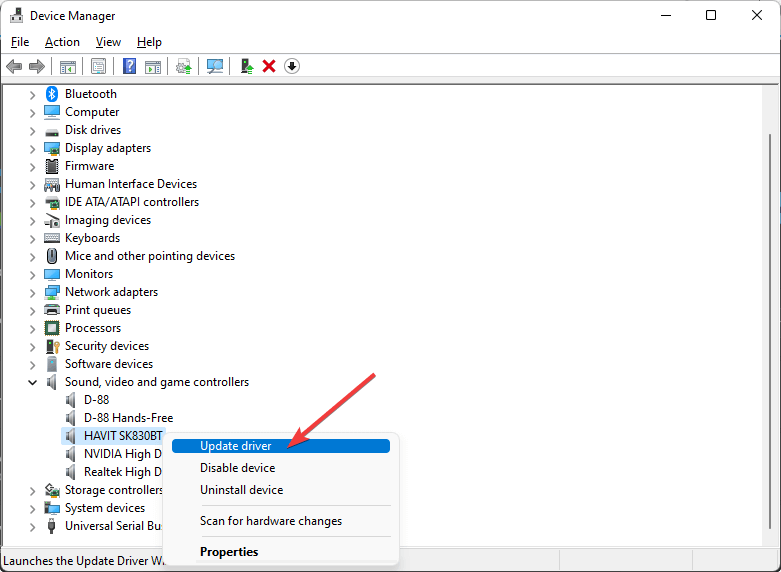
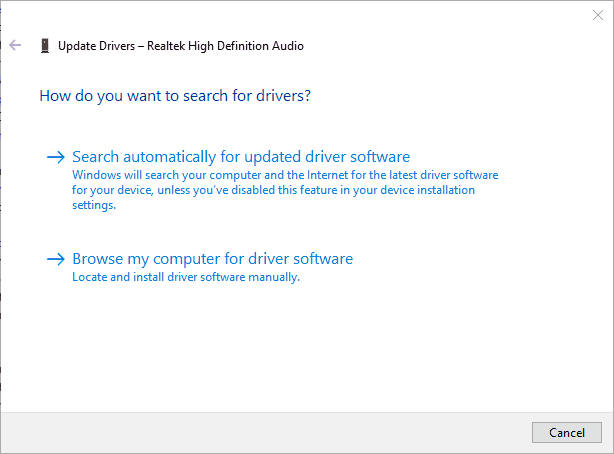
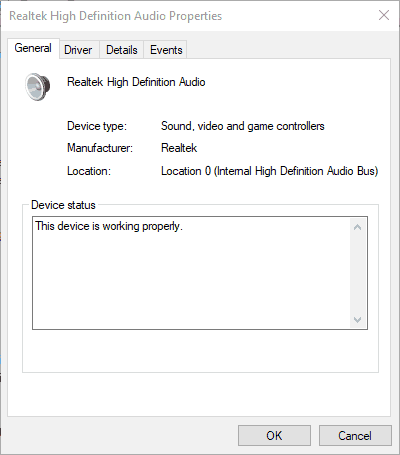
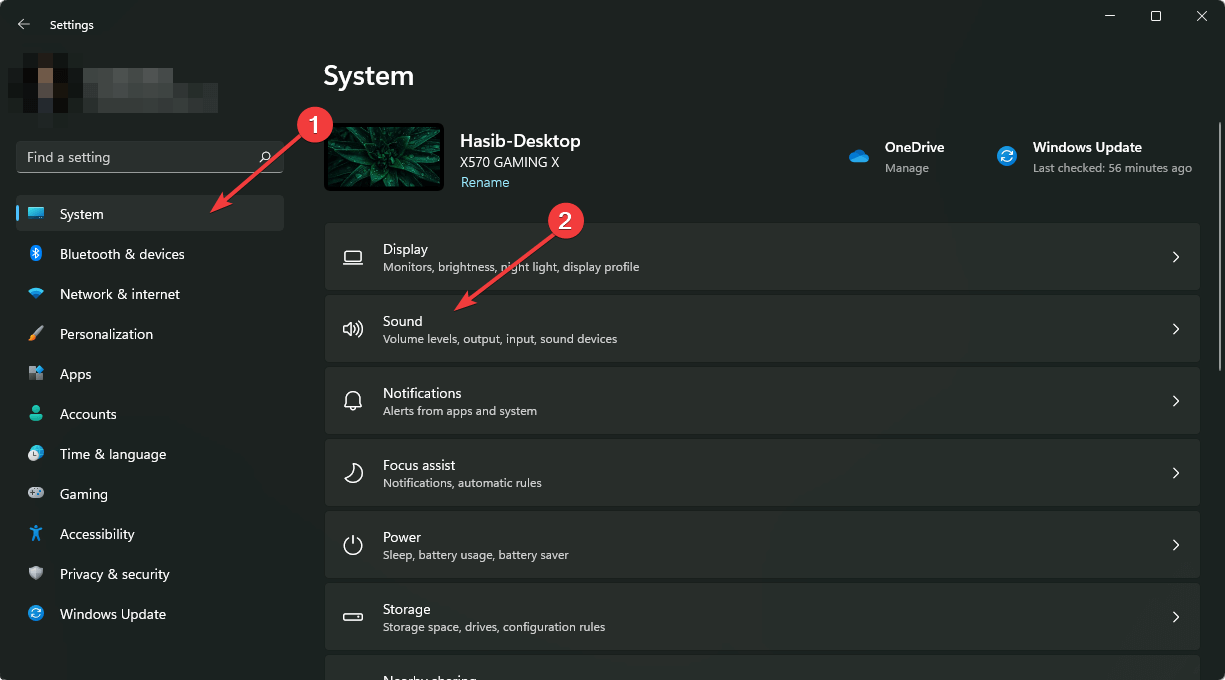
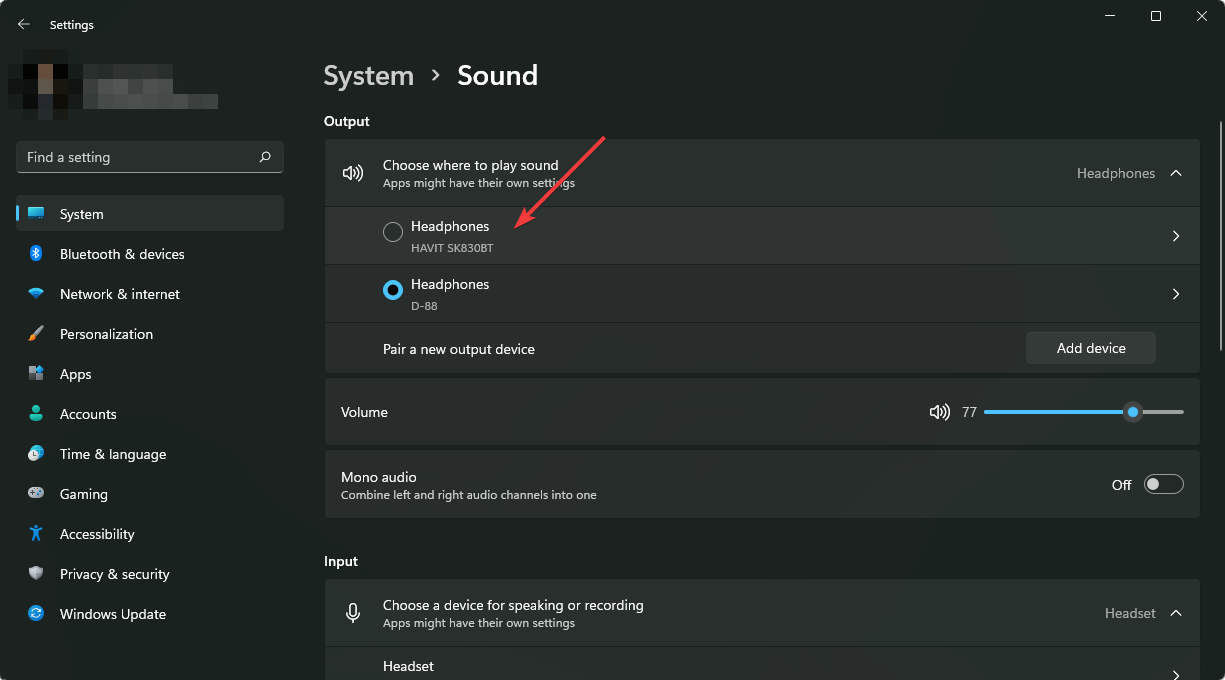
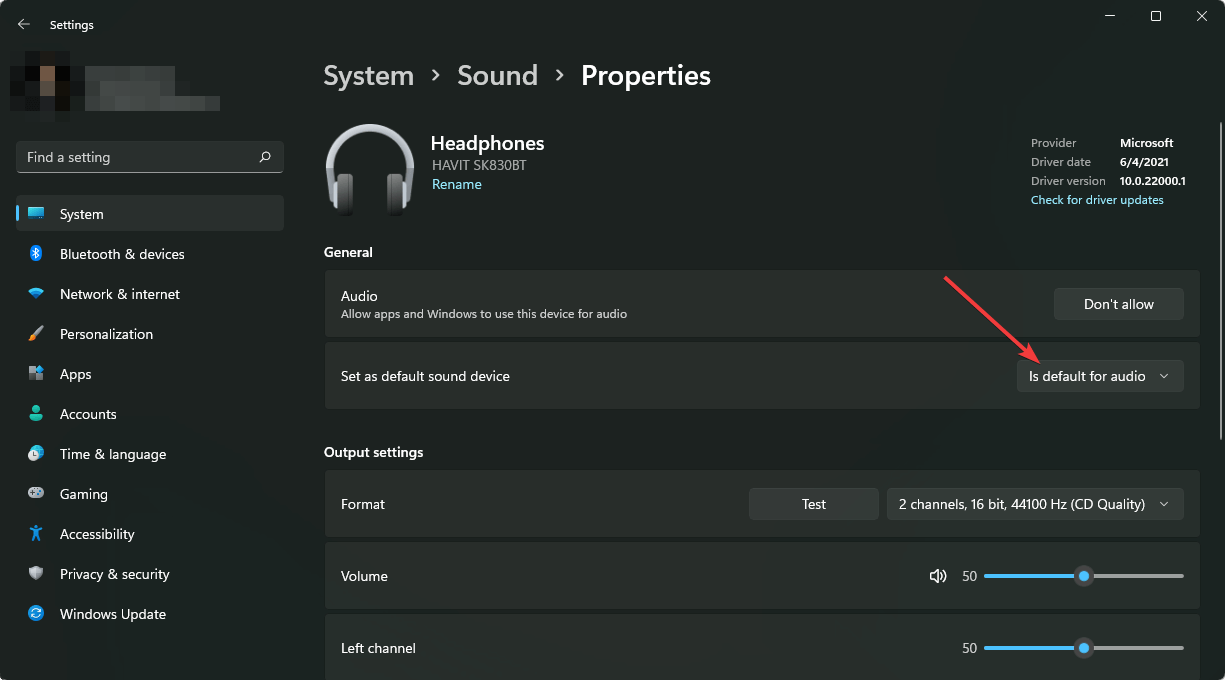
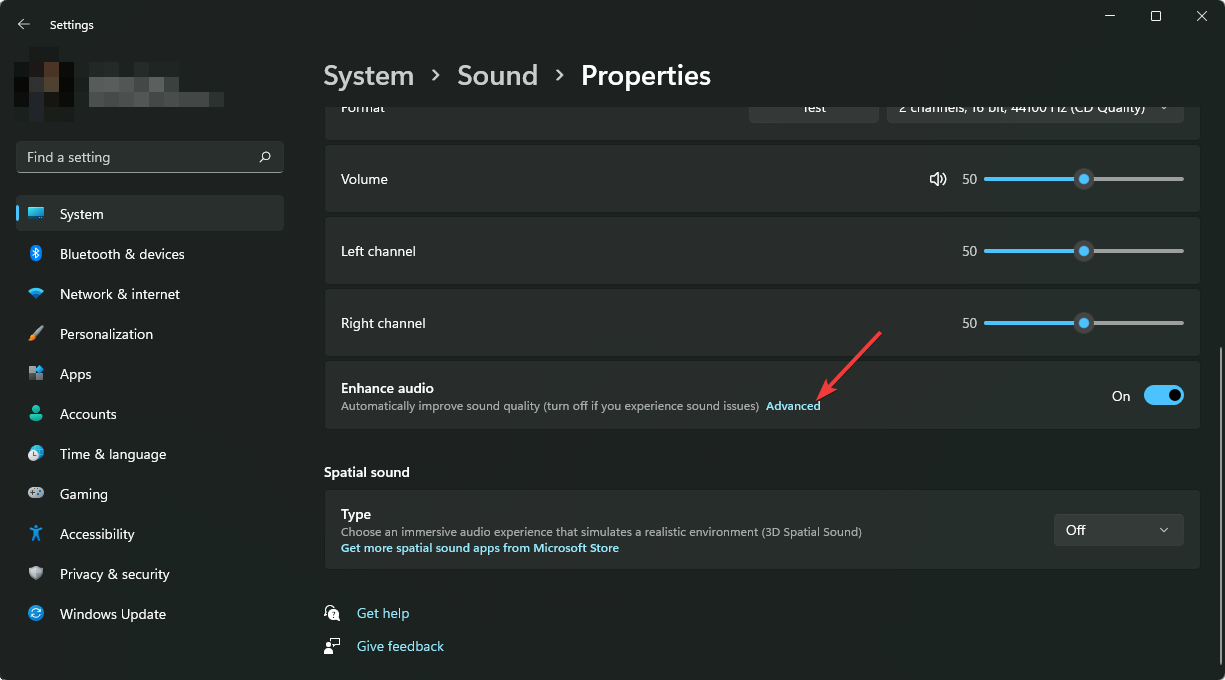
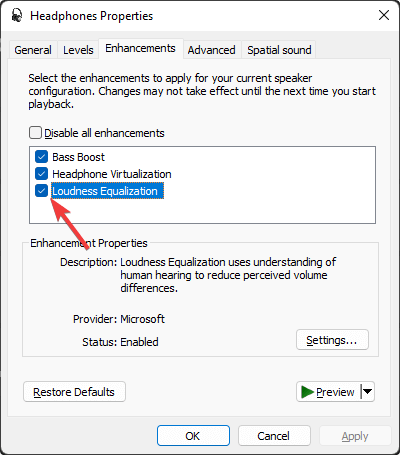
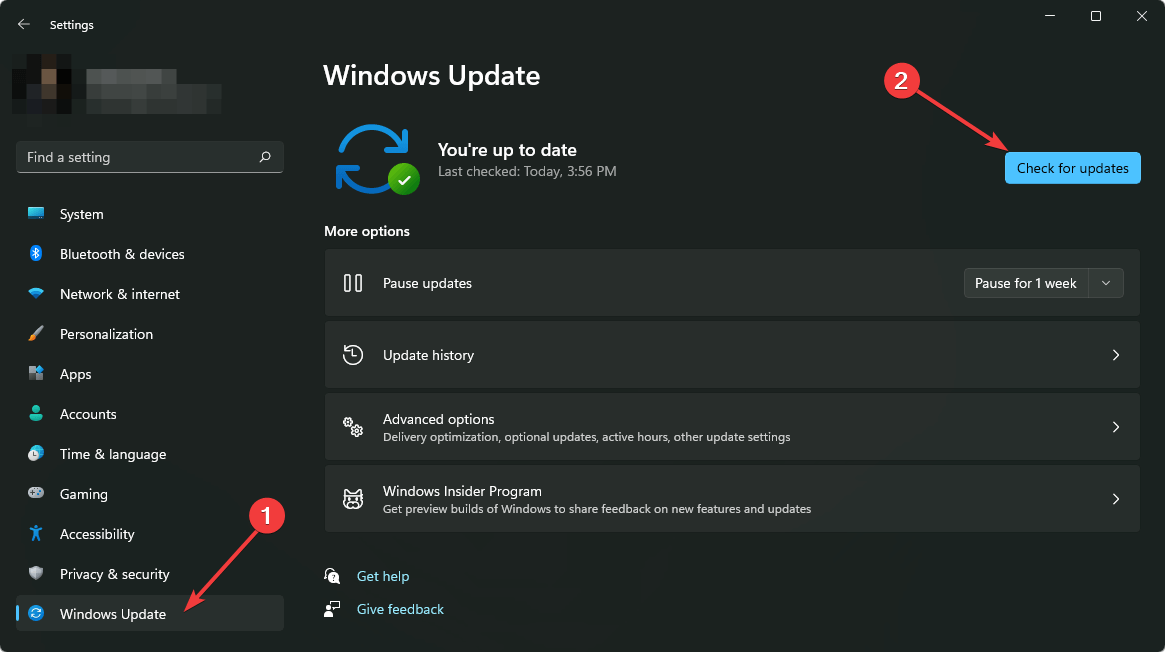
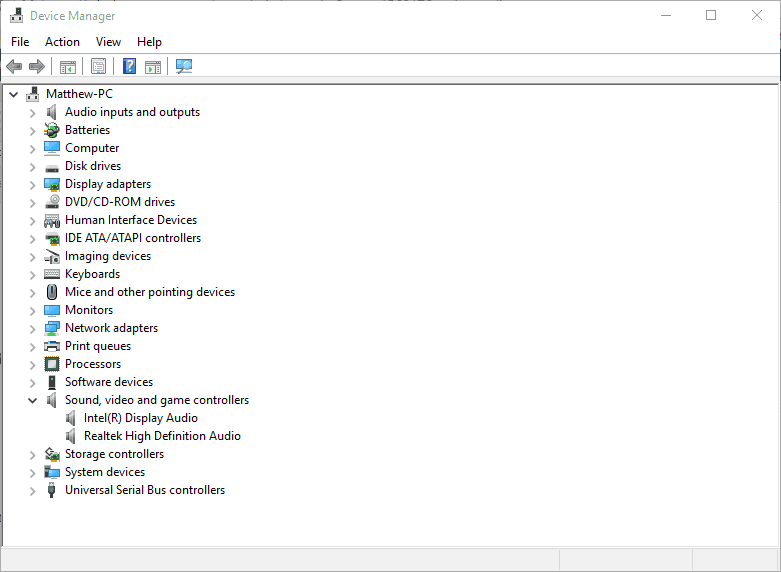
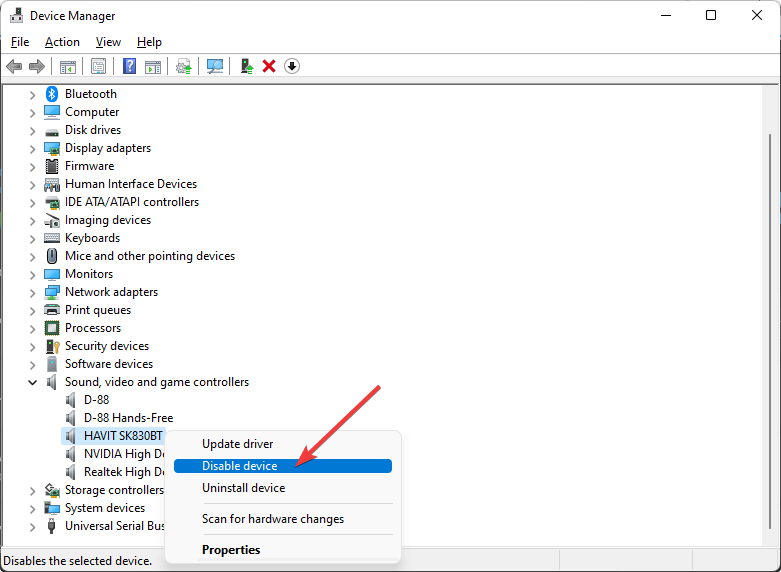
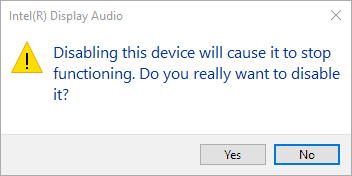

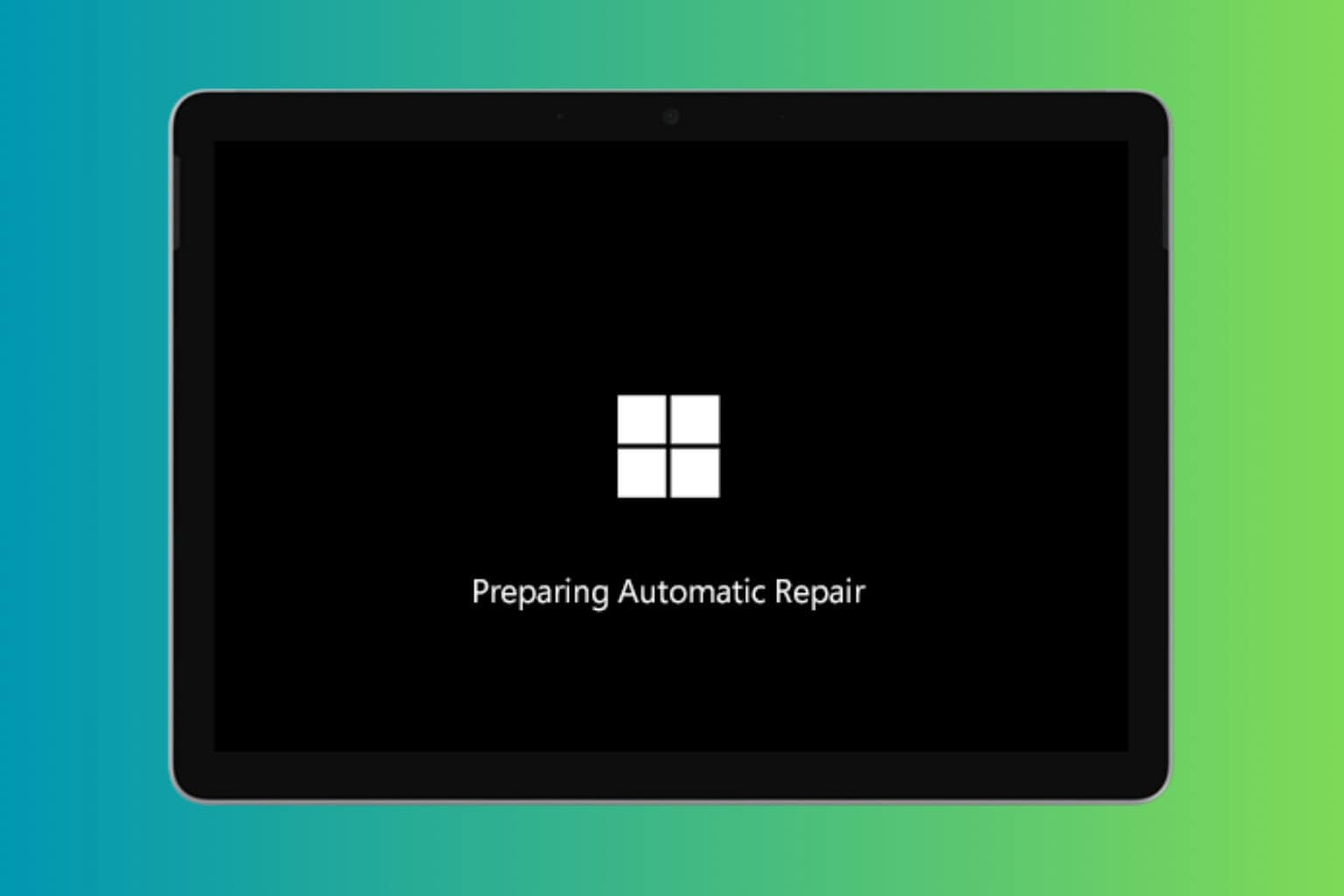


User forum
6 messages